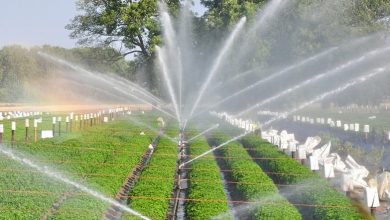Evergreen: What is it? What types of trees have it? Why does it occur?
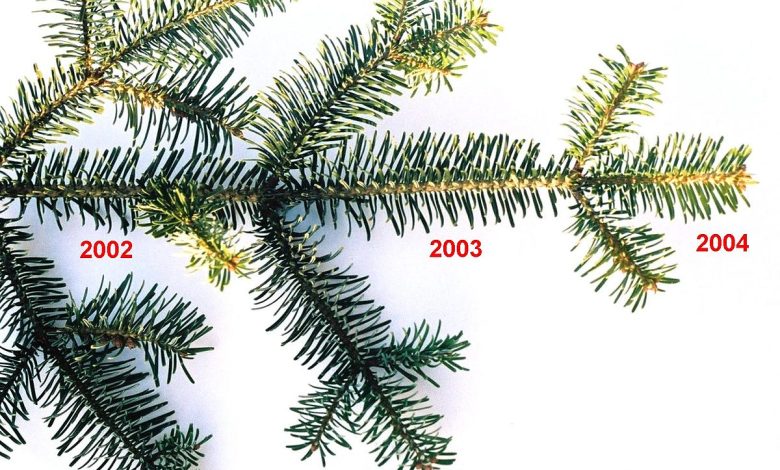
In botany, a perennial is a plant that has leaves throughout the year and they are always green.
This is so even though the plant retains its foliage only in warm climates, and is in contrast to deciduous plants, which completely lose their foliage during the winter or dry season.
| Family | Example |
| Cupressaceae | Sequoia |
| Pinaceae | Pine tree |
| Taxaceae | Taxus |
| Cyatheaceae | Fern |
| Fagaceae | live oak |
| Myrtaceae | Eucalyptus |
| magnoliaceae | southern magnolia |
| arecaceae | Coconut |
| Araucariaceae | Kauri |
What does perennial mean in botany?
A perennial plant is one that registers a durability that must be equal to or greater than two years and that produces seeds on more than one occasion.
In the case of the leaves, they are said to be perennial because they are present all year round. They don’t fall off, they don’t dry out.
[knock]
What are evergreen trees?
An evergreen plant has the special and advantageous quality that its leaves do not fall or detach at any time of the year, even in bad weather. Its leaves last at least two years of life before they begin to shed.
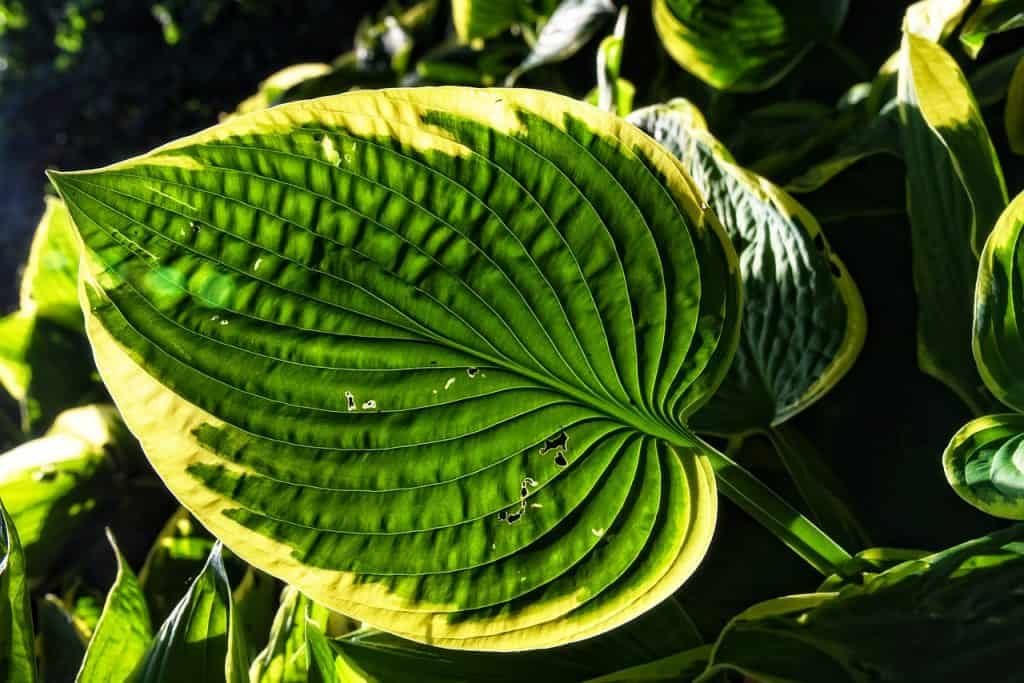 But it should be noted that althoughleaves also shedsubstituting the dry ones for other healthy and leafy ones, they will never do it until they are naked, as it happens in deciduous trees.
But it should be noted that althoughleaves also shedsubstituting the dry ones for other healthy and leafy ones, they will never do it until they are naked, as it happens in deciduous trees.
The maintenance of its leaves is considered in botany an adaptation to the environment, because they have the property of resisting, as occurs in deciduous plants, whichthey disappear when there is bad weatherand that change allows them to survive the gale.
And it is thatchanging the entire foliage is quite an energy-consuming task,so the tree will not always be willing to do so and as nature is always wise, these perennial plants prefer to keep their leaves in winter, in order to be able to feed permanently, enduring the storm or snowfall.
To do this, they use energy resources and some varieties or species have leaves reinforced with villi or shapes thatThey give them more resistance.
For example:The Holm Oak is a tree with small leaves covered with hairs to prevent freezing in winter snowfalls and water loss in hot summers.
For their part, pine trees have a kind of wax on their leaves that protects them from low temperatures, keeping them strong to face snowfalls.
But they are mostly found in tropical or stable climates, either cold or hot, without great variations. For example, plants located in the mountains of South America or in tropical sites in the Caribbean.
That ability to remain on equal terms gives them the advantageous characteristic of being considered evergreen trees.
What is the difference between annual and perennial plants?
Annuals are plants with a life cycle that lasts only one year.
They grow from seed, flower, set seed, and die in one growing season. They then need to be repotted every spring.
The term » perennial » refers to herbaceous («green») plants since woody plants, such as trees, are perennial by definition.
What is the lifespan of a perennial plant?
A perennial or simply perennial is a plant that lives more than two years.
Some sources cite that perennials are plants that live for more than three years. The term (per- + -penetrating, » through the years «) is often used to differentiate a plant from shorter-lived annuals and biennials.
What small or low-growing perennials can we find?
- Sedum (Sedum species).

- Agastache (Species Agastache).
- Coreopsis (Species of Coreopsis).
- Poinsettia (Pulsatilla vulgaris).
- Sempervivum tectorum.
- Yucca (Yucca filamentosa).
- Yarrow. (Achillea species).
- We thought.
- Aquilegia Vulgaris
What perennial plants require little care and are hardy?
- Hardy Hibiscus.
- Host.
- Ferns.
- Mint.
- Coreopsis.
Do perennials die in winter?
Perennials die in winter. In cooler climates, most perennials die back (although there are some evergreen perennials).
In warmer climates, they can go dormant. Because they only need to be planted once and enjoyed for years, perennials are the backbone of any garden or orchard.
Are Perennial Plants Able to Propagate?
Fast-spreading perennials quickly fill in gaps in flower gardens. Once established, these types of perennials crowd out weeds, thus reducing the need for constant weeding.
The fast-growing flowers add color to the garden the same year they are planted.
What types of evergreen trees can we find?
Camphor tree (Cinnamomum camphora)
They reach up to 20 meters in height, these trees of great nobility, from whose wood the famous camphor is extracted, a powerful pain reliever of many uses in the home.
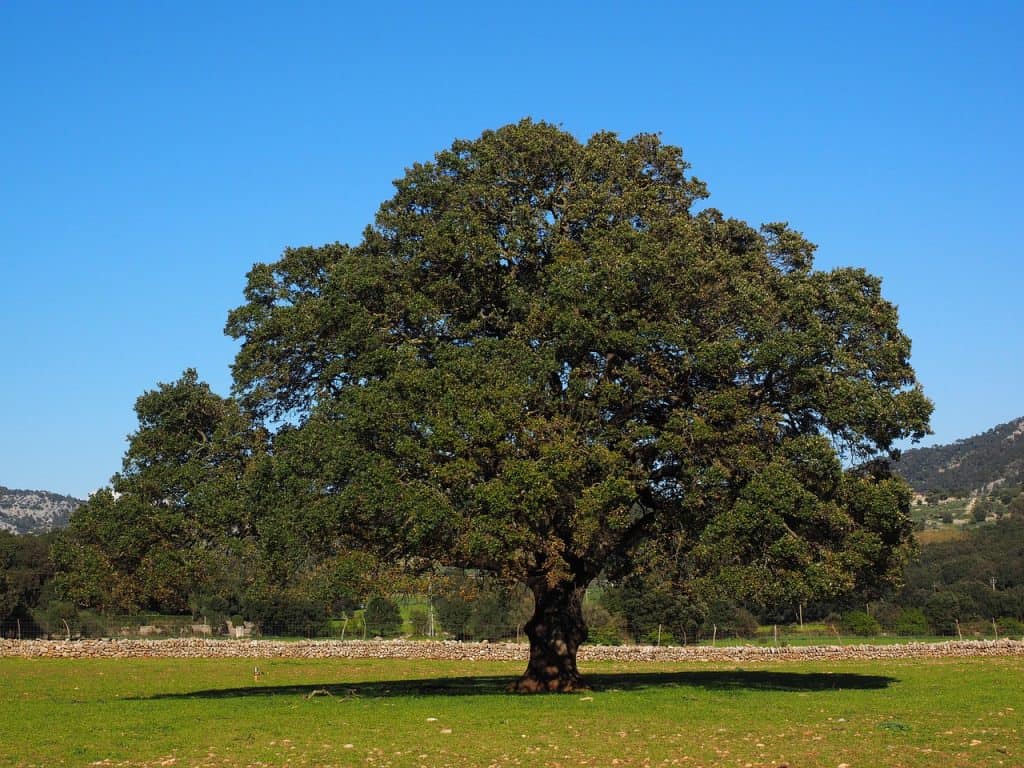
Fig tree (Ficus citrifolia)
It is a tropical species that survives with the help of other trees when it begins its growth stage.
It can reach up to 17 meters in height and display immense foliage that releases fruits that feed many wild animals.
Cedar of Lebanon (Cedrus libani)
This biblical ancestral tree lives in the mountains. Its leaves give essences of antiseptic properties.
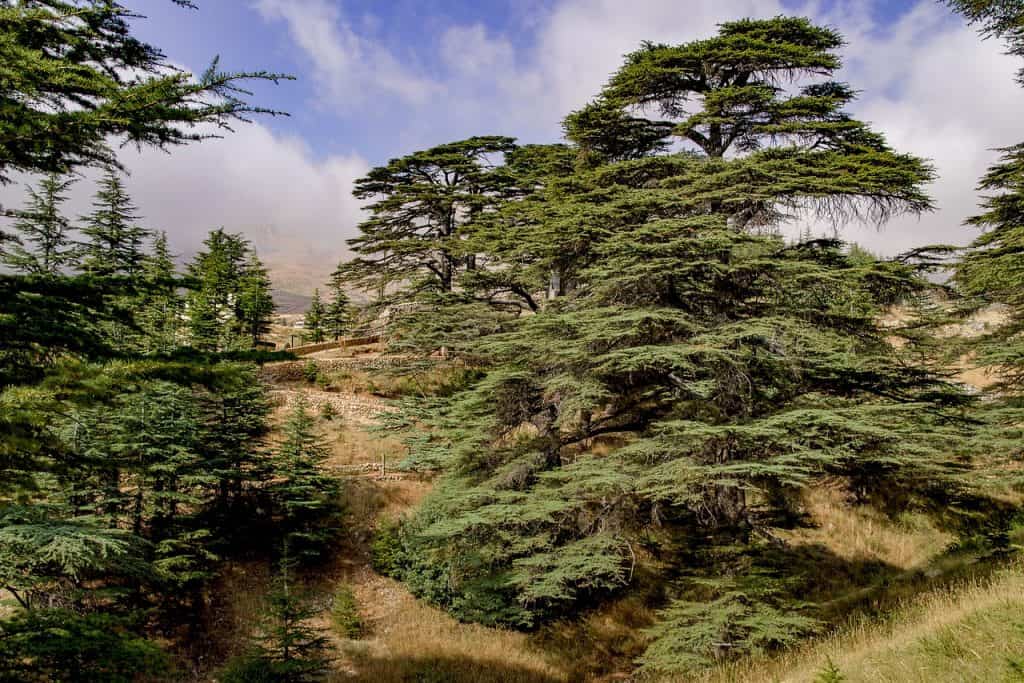
Cork oak (Quercus suber)
It is one of the most assiduous inhabitants of the Mediterranean forests and within the wine business, it holds a place of great respect, because cork is obtained from its bark to stop wine bottles.
It also produces a bitter acorn that is used to fatten the Iberian pig.
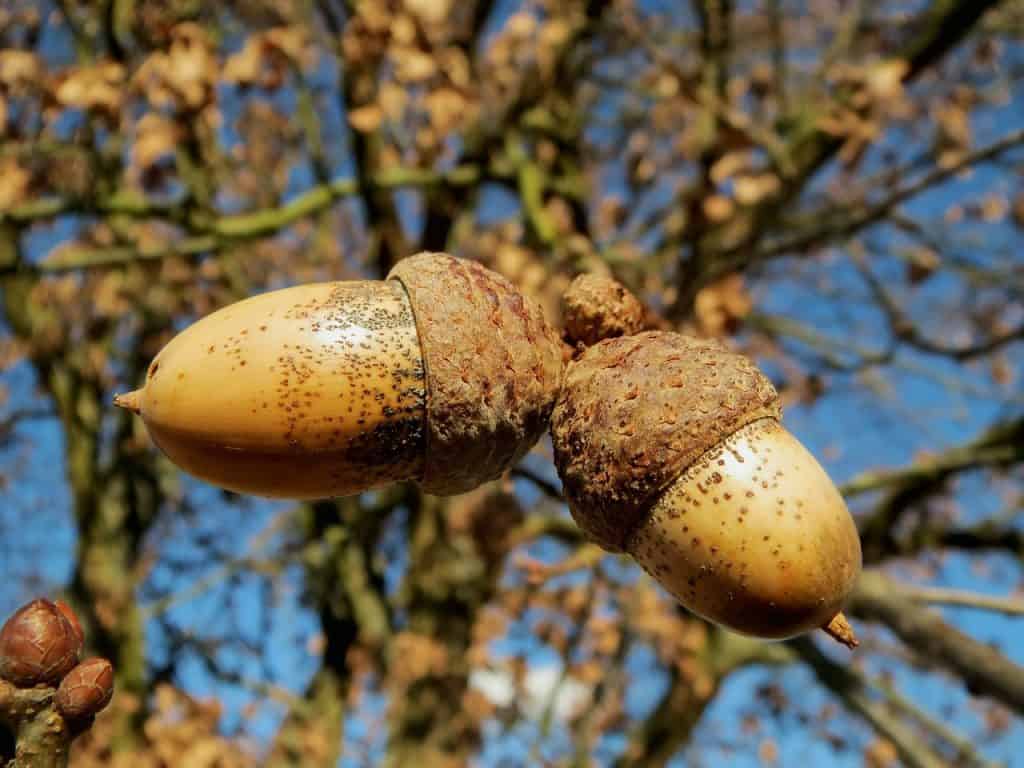
Cypress (Cupressus sempervirens)
The «stricta» variety of cypress, typical in cemeteries or graveyards, is the best known. This tree has such good wood that it is used to make guitars and is the natural funerary symbol that transmits the greatest peace.
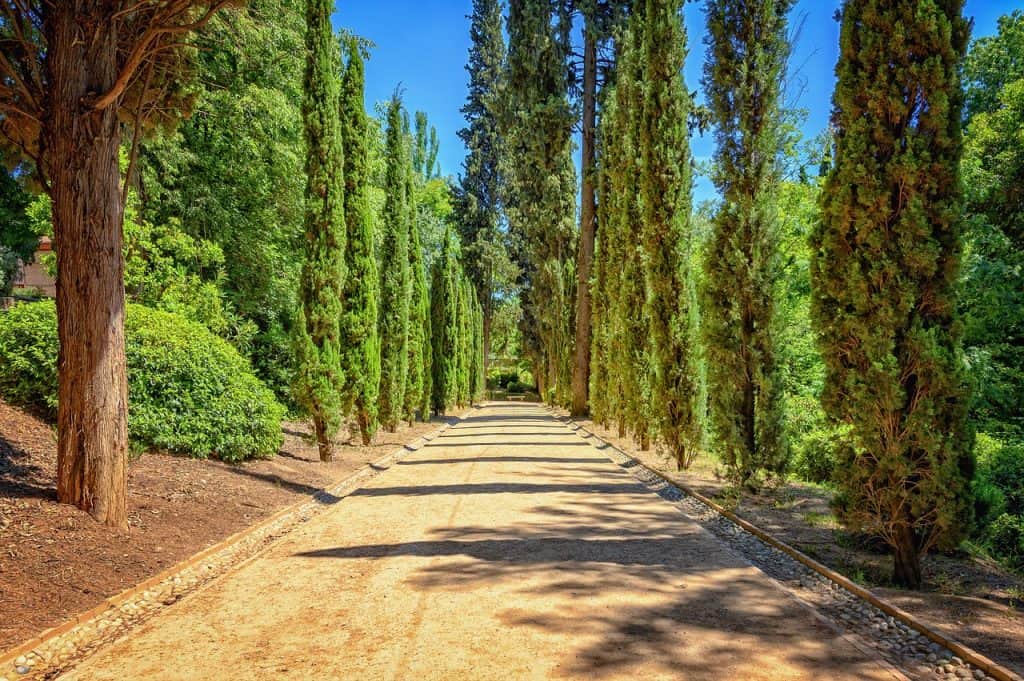
Spanish fir (Abies pinsapo)
It is a typical fir tree from the Iberian Peninsula, its natural habitat, where it certainly reaches up to 30 meters in height.
Its contribution in beauty to the landscape is unobjectionable, that is why it hurts a lot that it is constantly threatened by forest fires of different origin.
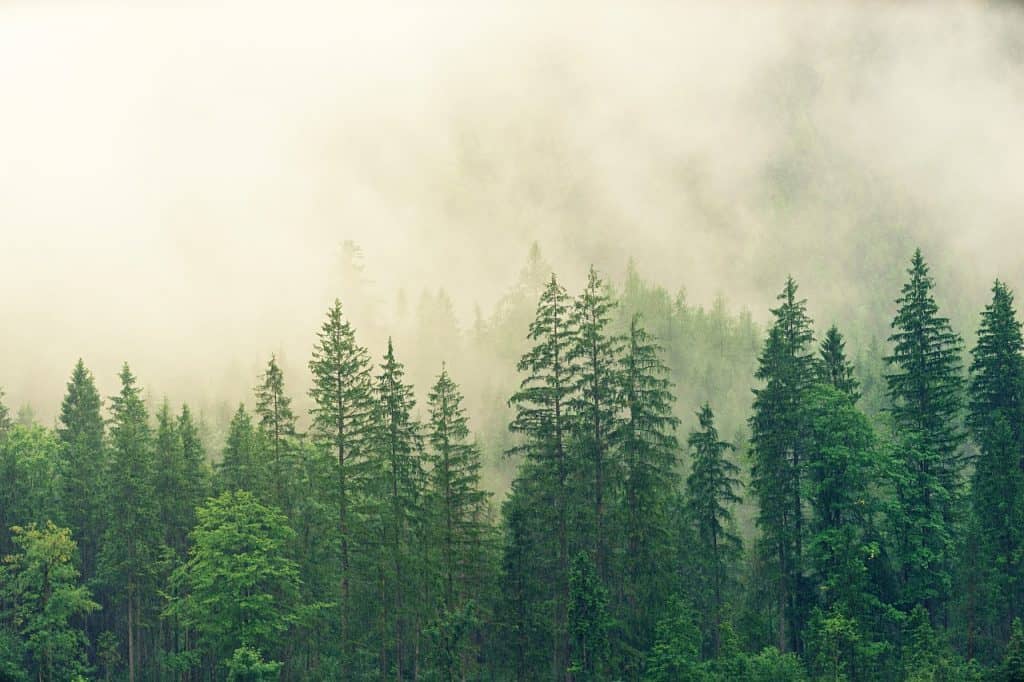
Scots Pine (Pinus sylvestris)
There are many varieties of the so-called Scots pine. The most famous are: serrano pine, albar, red, among others.
It extends throughout the northern hemisphere of the planet and its best quality is its ability to withstand low temperatures, bad weather. His biggest weakness: he can’t stand environmental pollution.
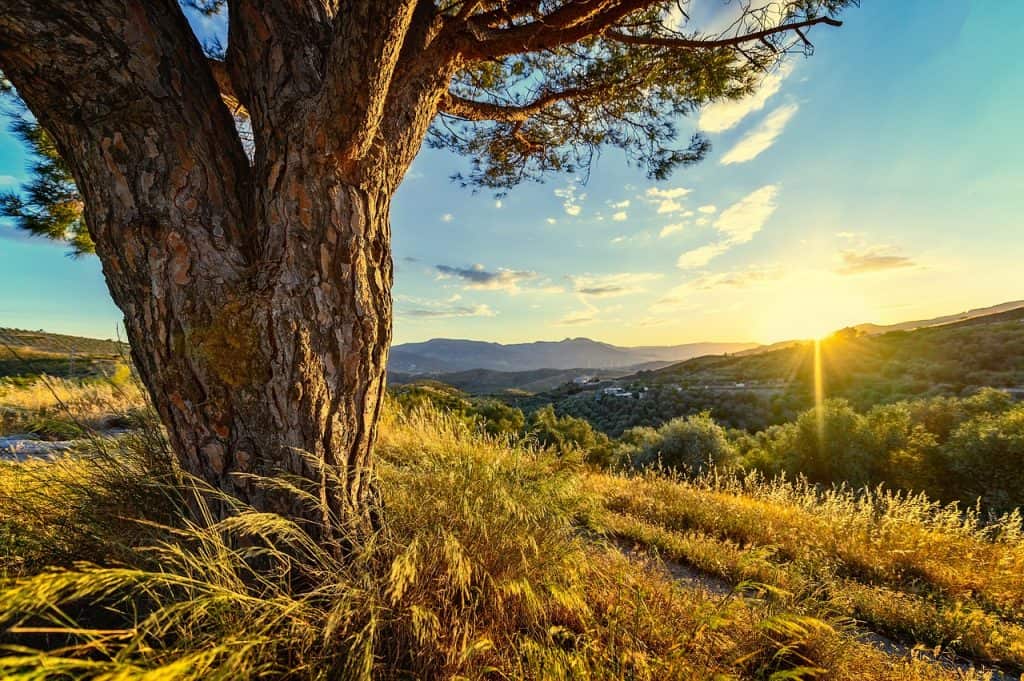
Olive (Olea europaea)
Also known under the name of olive tree, it is a tree that reaches an enviable longevity. The olive tree is a true Mediterranean symbol, associated with peace and harmony in many cultures.
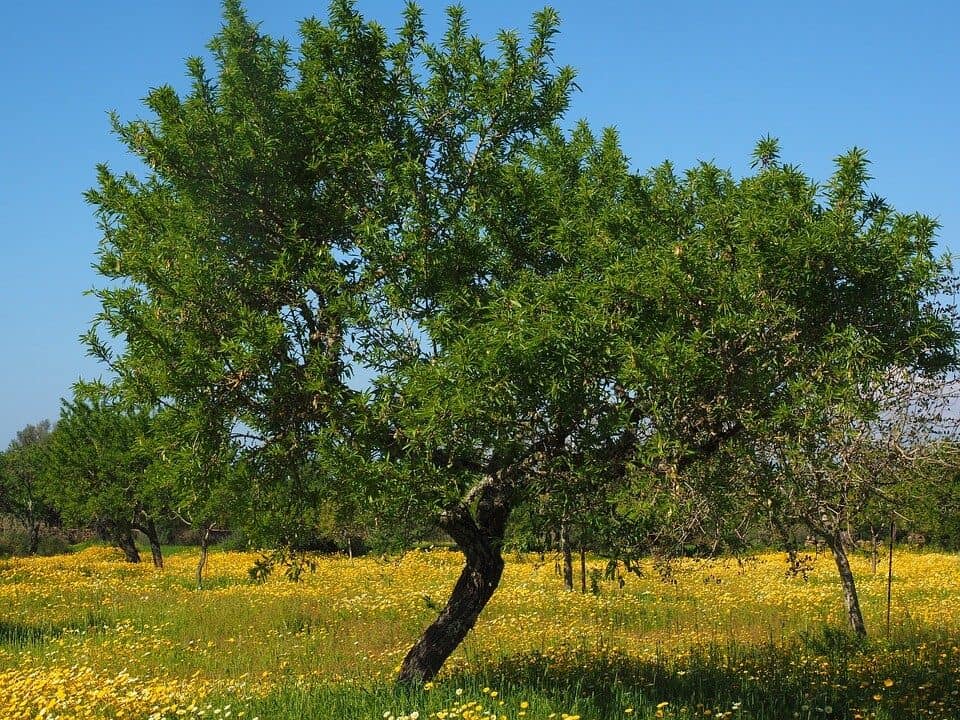
Carob tree (Ceratonia siliqua)
It also integrates the Mediterranean habitat, with a very high resistance and great adaptability to environmental changes. A curious fact is that its seed served as the first pattern of the carat, the unit of measurement in jewelry, of the diamond.
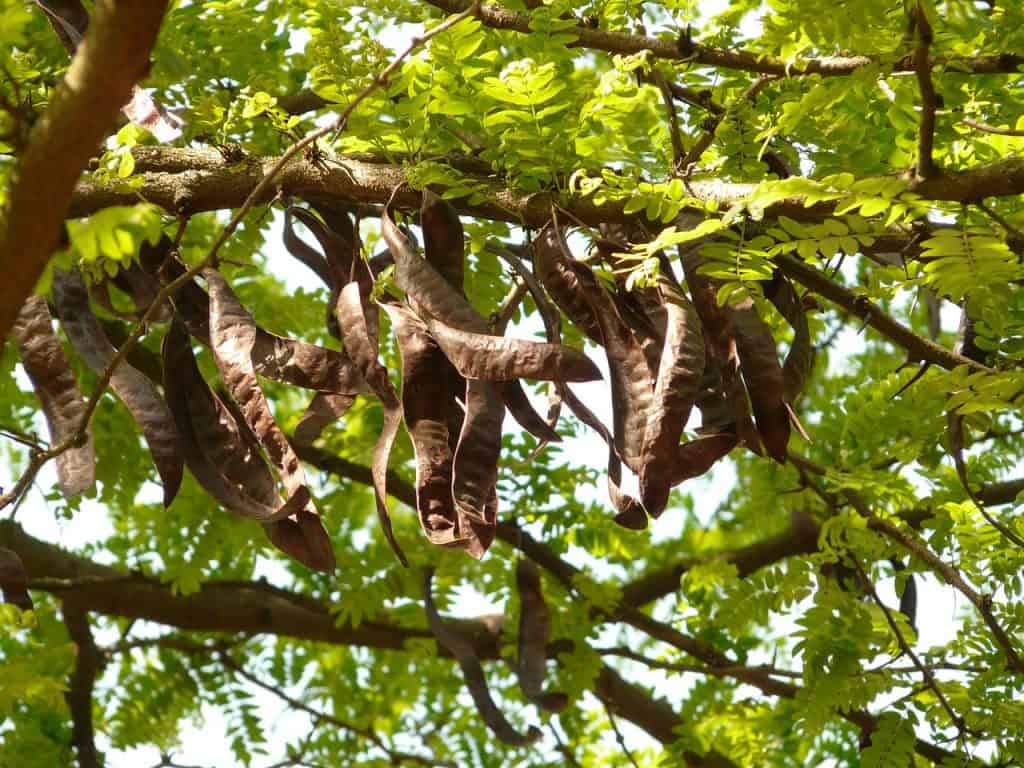
Mocan (Visnea mocanera)
It is a unique species in period of extinction. It only lives in the Canary Islands (Spain) and Madeira (Portugal). From its bell-shaped flowers that appear in the month of December, an exquisite aroma is released.
Orange (Citrus × sinensis)
The orange tree is one of the most popular citrus fruits in the world. One of the characteristics of the orange tree is that its leaf is very resistant and it is also perennial.
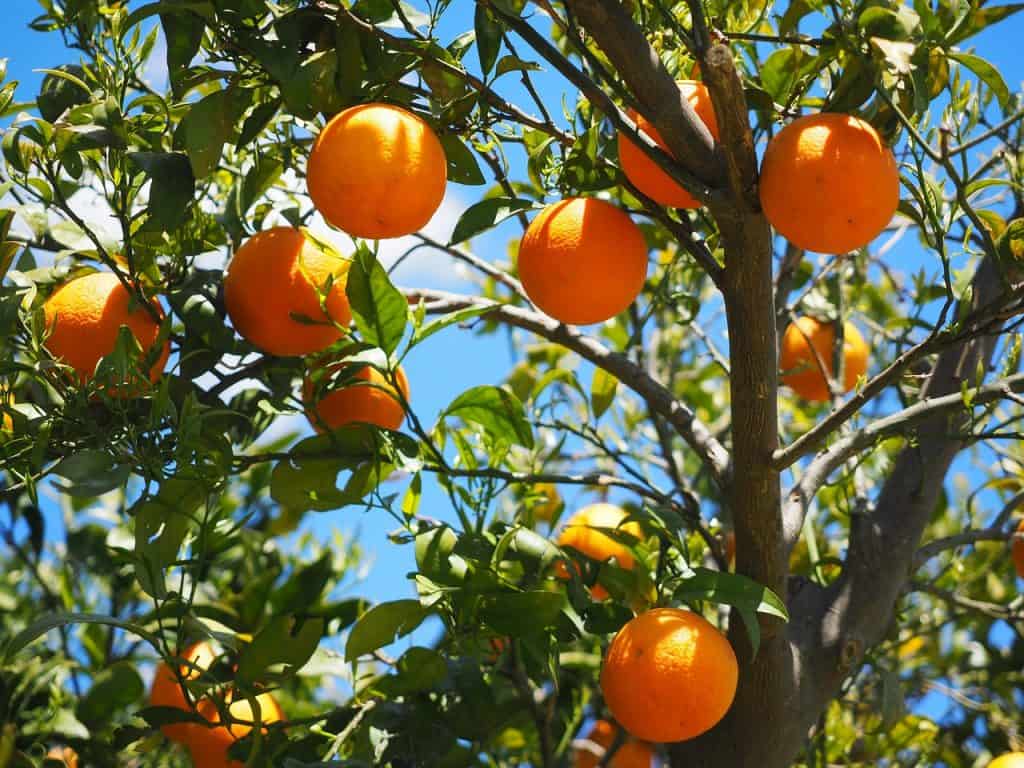
Lemon Tree
Like the orange tree, the lemon tree, another famous citrus tree, does not lose its leaves in winter either.
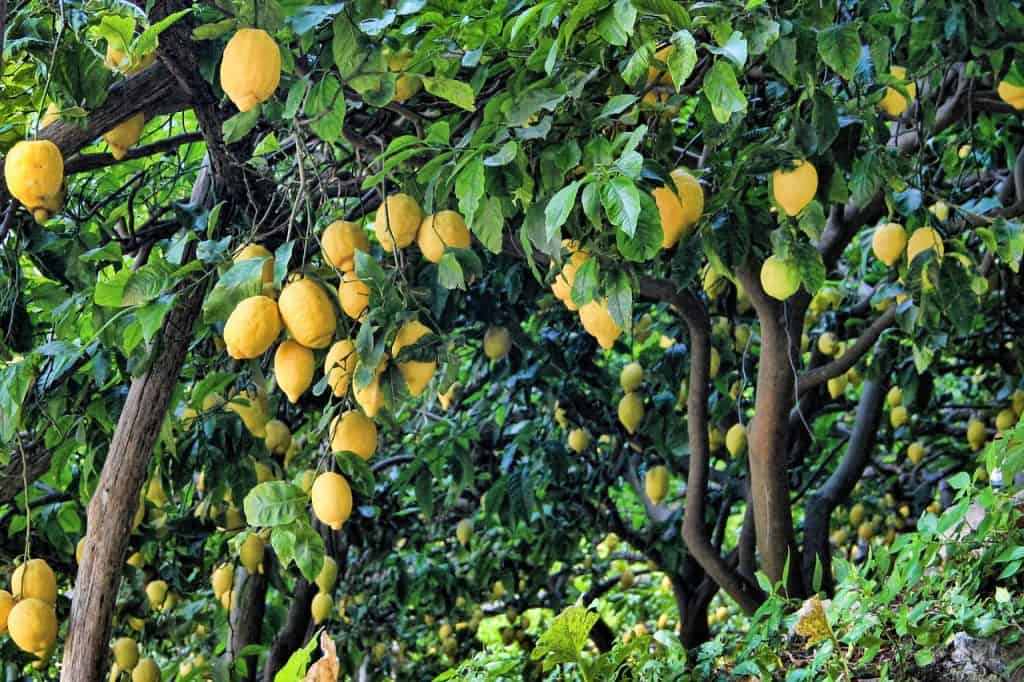
Acacia
Some varieties of this ornamental tree, commonly known as Acacia, are evergreen.
Common in warm and tropical areas, the Acacia is an excellent option for decorating gardens and its wood can also be exploited to extract sap and transform it into perfume.
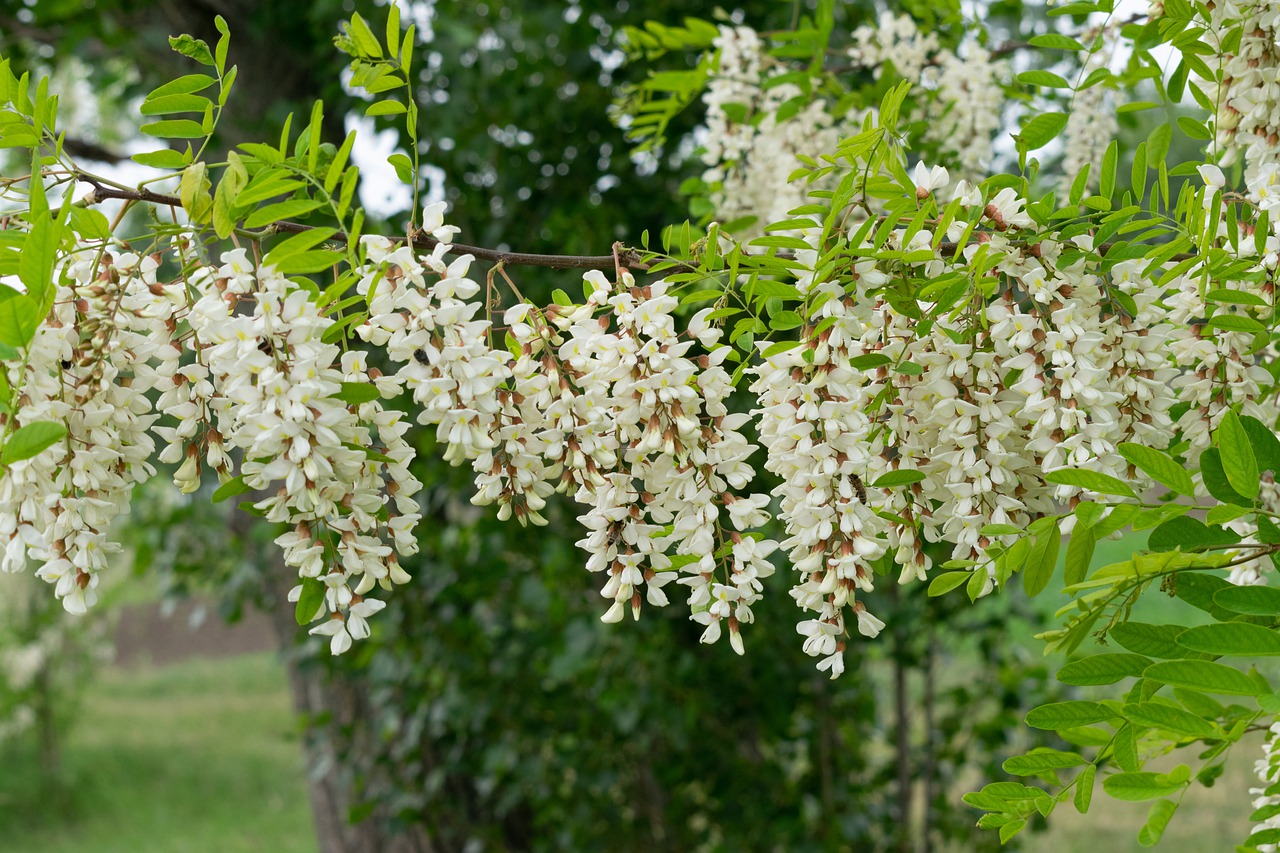
What is the difference between evergreen and deciduous?
The fundamental difference between evergreen and deciduous leaves is simple.
In the first, there is a resistance to all types of climate, because as has already been said, these plants adapt to the atmospheric reality and do not change their leaves. But deciduous trees do.
The tree, for its own preservation, prefers to enter a dormant period so as not to withstand unfavorable temperatures, it remains devoid of leaves, naked and assumes a lethargy where it saves energy until it becomes active again when the cold subsides and spring arrives.

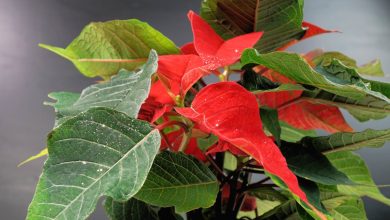
![Photo of Properties of Almonds: [A Very Powerful Food]](https://www.complete-gardening.com/wp-content/uploads/2022/08/properties-of-almonds-a-very-powerful-food-390x220.jpg)

